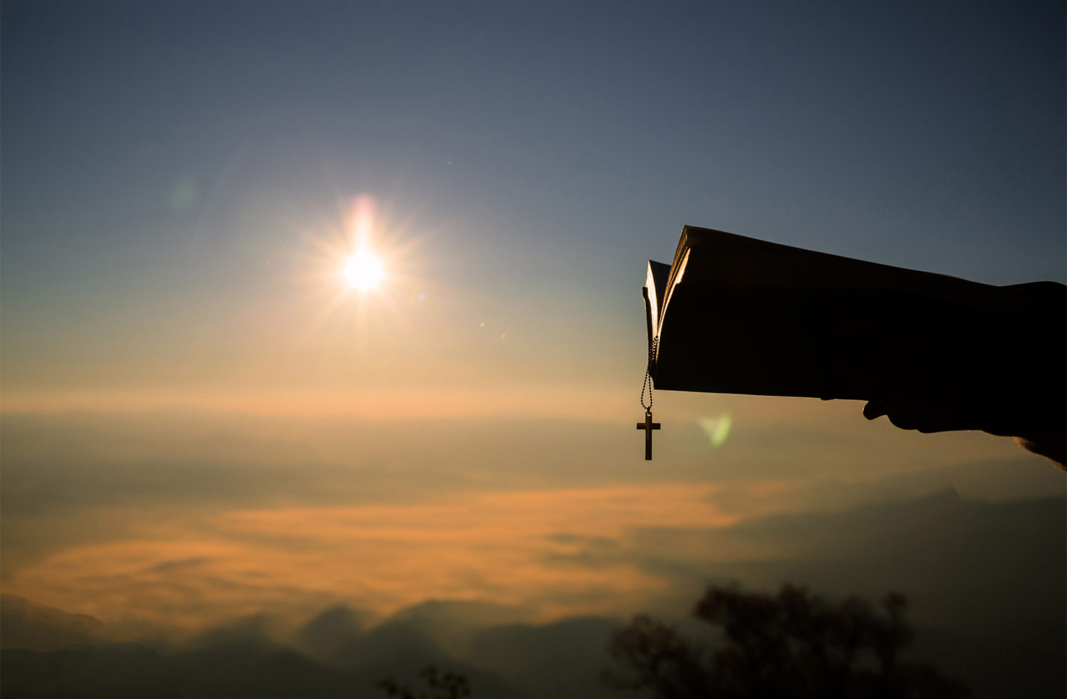Being the Best at What You Do
One of the goals we strive for here at KHT is to be the “best” at what we do. Whether it’s working together to solve your PIA (Pain in the @%$) Jobs!, providing great customer service, consistently delivering on time and on budget, or just being a bright spot in your day, we all work to be great. As the chief here, I love to walk the shop floor and recognize my gang for excellence, beyond just perfect parts, it’s the attitude and joy that comes from working together and pleasing our valued customers. When I was a kid, I remember my teacher used to give us gold stars next to our names on a chart that hung behind the classroom door (maybe I should try this!). The only problem would be I’d run out of stars – yes, my team is that good! For now, I’ll stick with acknowledging great work and service when I see it. It got me thinking about awards that other industries use, namely the Michelin Star Award for food and restaurant excellence. Like I love to do, especially with food! I did some digging and found cool info on the history and process of “getting a star” – for some, it’s the culmination of relentless perfection…for others, perhaps a curse in letting their secret out. Enjoy. And if you see us hitting it out of the park, send me a “star” I can share with my folks.



